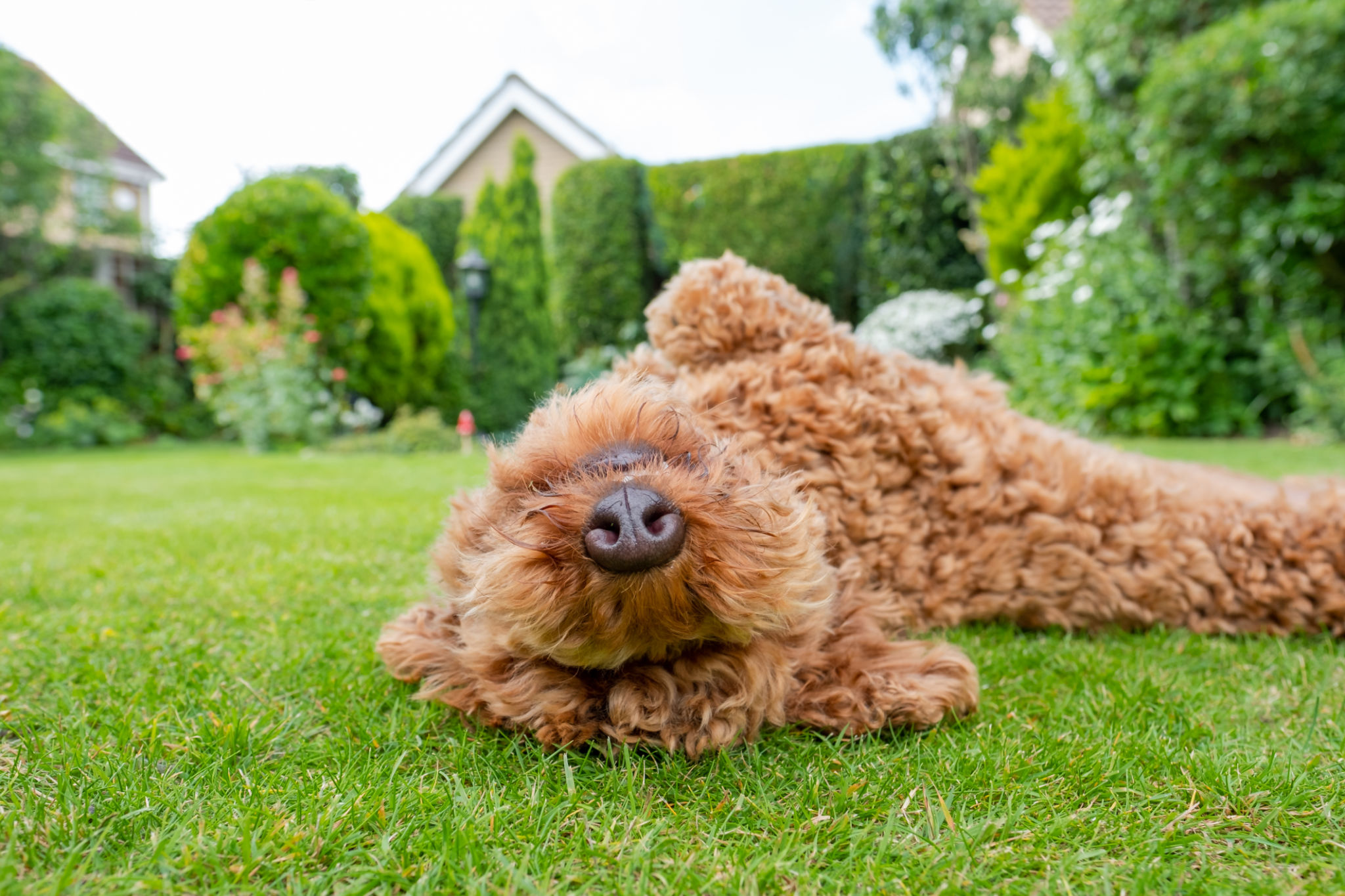Expert Tips for Maintaining a Clean Yard with Pets in Utah
Understanding Your Pet's Impact on Your Yard
Pets bring joy and companionship to our lives, but they can also present unique challenges when it comes to maintaining a clean yard. In Utah, where the climate can vary dramatically, it's important to understand how your pets interact with the environment. Dogs, for example, can create wear and tear on grass, while cats might leave unwelcome surprises in garden beds. Knowing these behaviors is the first step in creating a maintenance plan.

Creating Pet-Friendly Landscaping
One effective strategy is to design your yard with your pets in mind. Consider using durable, pet-friendly grass varieties that can withstand heavy use. Additionally, incorporating hardscape elements like gravel paths or stone patios can reduce the amount of grass that needs upkeep. Planting shrubs or using barriers can also help direct pets away from sensitive areas.
Ensure that any plants you choose are non-toxic to pets. Some common garden plants can be harmful if ingested by animals, so it's crucial to research and select safe options. You might also think about creating designated pet areas where they can play without causing damage to your entire yard.
Implementing a Regular Cleaning Routine
Maintaining a clean yard involves consistency. Develop a routine that includes regular waste removal, as pet waste can mar the appearance of your yard and even damage the grass over time. Use biodegradable bags and dispose of waste properly to keep your yard and the environment clean.

In addition to waste removal, consider rinsing down areas that your pets frequently use. A quick spray with a hose can help dilute urine spots and prevent them from turning yellow or brown. This simple step can make a significant difference in maintaining the appearance of your lawn.
Dealing with Digging and Chewing
If your pet loves to dig, try providing them with a designated digging area. Encourage them to use this space by burying toys or treats and praising them for digging there instead of in unwanted areas. Chewing can also be a problem, especially with young dogs. Ensure that fences and other structures are secure and consider using deterrents like bitter sprays for plants or furniture that might become chew targets.

Utilizing Natural Pest Control
Pests can be an issue in any yard, but pet owners need to be particularly careful about the products they use. Opt for natural pest control methods whenever possible to avoid exposing your pets to harmful chemicals. Planting pest-repelling herbs like lavender or rosemary can be an effective and safe way to manage pests naturally.
For more persistent pest problems, consult with a professional who can recommend pet-safe treatments. Keeping pests under control not only improves the health of your yard but also ensures a safer environment for your pets.
Monitoring and Adjusting
Finally, it's important to regularly monitor your yard and make adjustments as needed. Pay attention to high-traffic areas that may need extra care or reinforcement. If you notice any new issues arising from your pet's activities, address them promptly to maintain the overall health and appearance of your yard.
Remember, achieving a clean and healthy yard while accommodating pets is entirely possible with the right strategies and care. By combining thoughtful landscaping, regular maintenance, and proactive problem-solving, you can enjoy a beautiful outdoor space that both you and your pets will love.